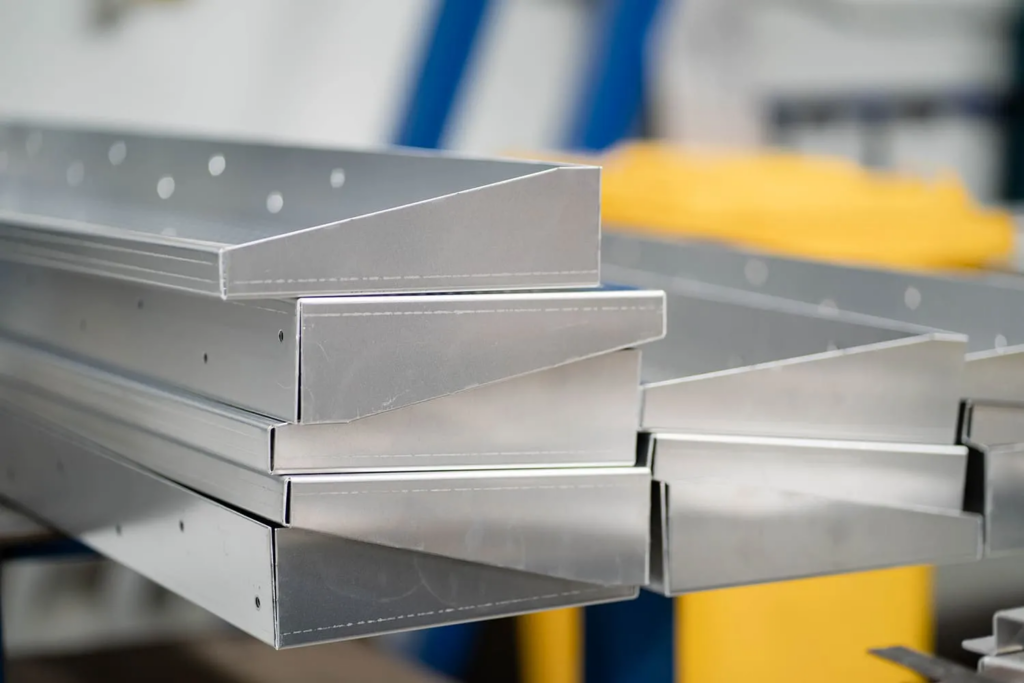
As we move into 2025, the aluminium industry faces both challenges and opportunities. With global demand continuing to rise, industry experts are watching closely to see how various trends will shape the market. From supply chain disruptions to technological advancements, several factors are set to influence the aluminium industry in the coming year.
Rising Aluminium Prices
One of the most significant trends expected in 2025 is the rise in aluminium prices. This increase is primarily driven by a global shortage of aluminium, as highlighted in recent reports. With demand outstripping supply, prices are expected to climb, affecting industries reliant on this versatile metal. For manufacturers, this means higher costs, which could potentially be passed on to consumers.
The aluminium shortage has been exacerbated by a combination of factors, including reduced mining activity, logistical challenges, and increased consumption in key markets. These issues are putting pressure on the entire supply chain, from raw material extraction to finished products. As a result, businesses must prepare for the financial impact of these rising costs, which may include re-evaluating their supply chains or seeking alternative materials.

Supply Chain Disruptions
The global supply chain has been under strain for several years, and the aluminium sector is no exception. The ongoing disruptions are expected to continue into 2025, exacerbated by geopolitical tensions and transportation bottlenecks. These issues are likely to result in delays and increased costs for raw materials, further contributing to the rise in aluminium prices.
In particular, the reliance on specific regions for raw aluminium has highlighted vulnerabilities in the supply chain. Companies are increasingly looking to diversify their sources and invest in local production capabilities to mitigate these risks. This trend could lead to a more resilient supply chain in the long term, but it requires significant investment and strategic planning.
Sustainable Practices
Sustainability is becoming a central focus across industries, and the aluminium sector is no different. In 2025, we can expect a stronger push towards eco-friendly practices. Companies are increasingly investing in recycling and reducing their carbon footprint to meet stricter environmental regulations and consumer expectations. The shift towards sustainable aluminium production is not just beneficial for the planet but also offers a competitive advantage in the market.
Aluminium recycling is particularly crucial as it requires significantly less energy compared to producing new aluminium. The industry is expected to ramp up efforts in collecting and processing recycled aluminium, which will help reduce overall emissions and dependency on raw materials. This move aligns with global sustainability goals and provides a cost-effective solution for meeting market demand.
Technological Innovations
Advancements in technology are poised to revolutionise the aluminium industry. Innovations in extraction and processing techniques are improving efficiency and reducing waste. In 2025, the adoption of these technologies will likely accelerate, helping to mitigate some of the cost increases due to higher aluminium prices. Moreover, the integration of digital tools for monitoring and optimisation will streamline operations and enhance productivity.
Technologies such as artificial intelligence (AI) and the Internet of Things (IoT) are being implemented to optimise production processes. These technologies allow for real-time data analysis and predictive maintenance, reducing downtime and improving overall efficiency. As companies adopt these innovations, they can expect to see long-term benefits in cost savings and environmental impact.
Increased Demand in Key Sectors
Several sectors are expected to drive the increased demand for aluminium in 2025. The automotive industry, particularly with the rise of electric vehicles (EVs), is a major consumer of lightweight materials like aluminium. Additionally, the construction sector’s ongoing growth, especially in emerging markets, will further fuel demand. These industries are crucial to the aluminium market, and their expansion will play a significant role in shaping its future.
The packaging industry is another significant driver of aluminium demand. With the shift towards sustainable packaging solutions, aluminium is becoming a preferred choice due to its recyclability and durability. This trend is expected to continue, providing a steady growth trajectory for the aluminium market.
Regional Market Shifts
The geographical landscape of the aluminium industry is also shifting. While traditional powerhouses like China continue to dominate production, other regions are emerging as significant players. In 2025, we may see more diversification in production hubs as companies seek to reduce dependency on single markets and mitigate risks associated with supply chain disruptions.
Countries in Southeast Asia, Africa, and South America are investing in their aluminium production capabilities, offering new opportunities for the industry. These regions provide access to untapped resources and cost-effective labour, making them attractive for investment. As these markets develop, they will contribute to the global aluminium supply, helping to balance the market and reduce the impact of regional disruptions.

Investment in Recycling
Recycling aluminium is becoming more vital than ever. With the increasing focus on sustainability, the industry is making significant investments in recycling infrastructure. Recycled aluminium requires significantly less energy to produce compared to primary aluminium, making it a cost-effective and environmentally friendly option. As we move through 2025, the emphasis on recycling will likely grow, contributing to more sustainable industry practices.
Companies are also exploring innovative recycling methods to improve the quality and efficiency of recycled aluminium. These methods include advanced sorting technologies and chemical recycling processes that can handle mixed material streams. By enhancing recycling capabilities, the industry can reduce its environmental impact and meet the growing demand for sustainable products.
Conclusion
The aluminium industry in 2025 will navigate a landscape shaped by rising prices, supply chain challenges, and a greater emphasis on sustainability. Technological innovations and increased demand from key sectors will also play critical roles in its development. Companies that can adapt to these trends, embracing sustainable practices and leveraging new technologies, will be well-positioned to thrive in the evolving market.




